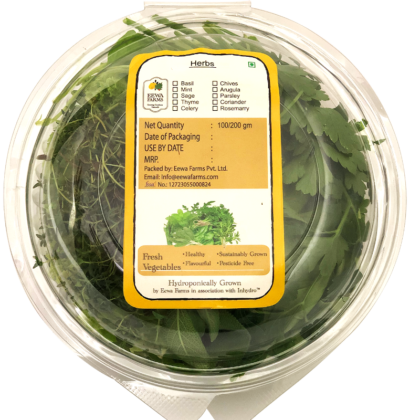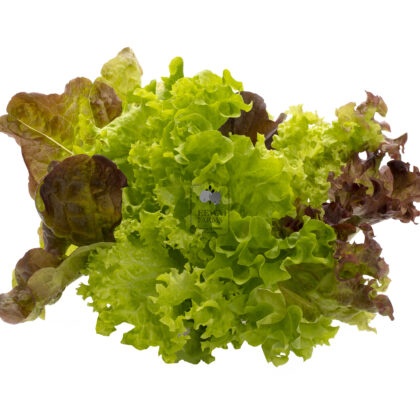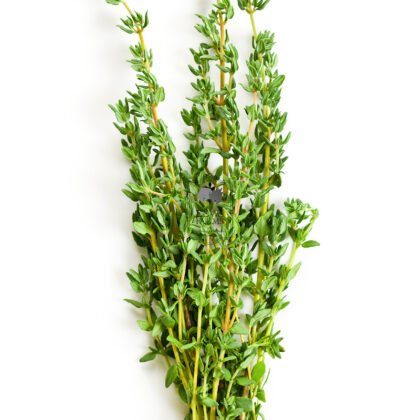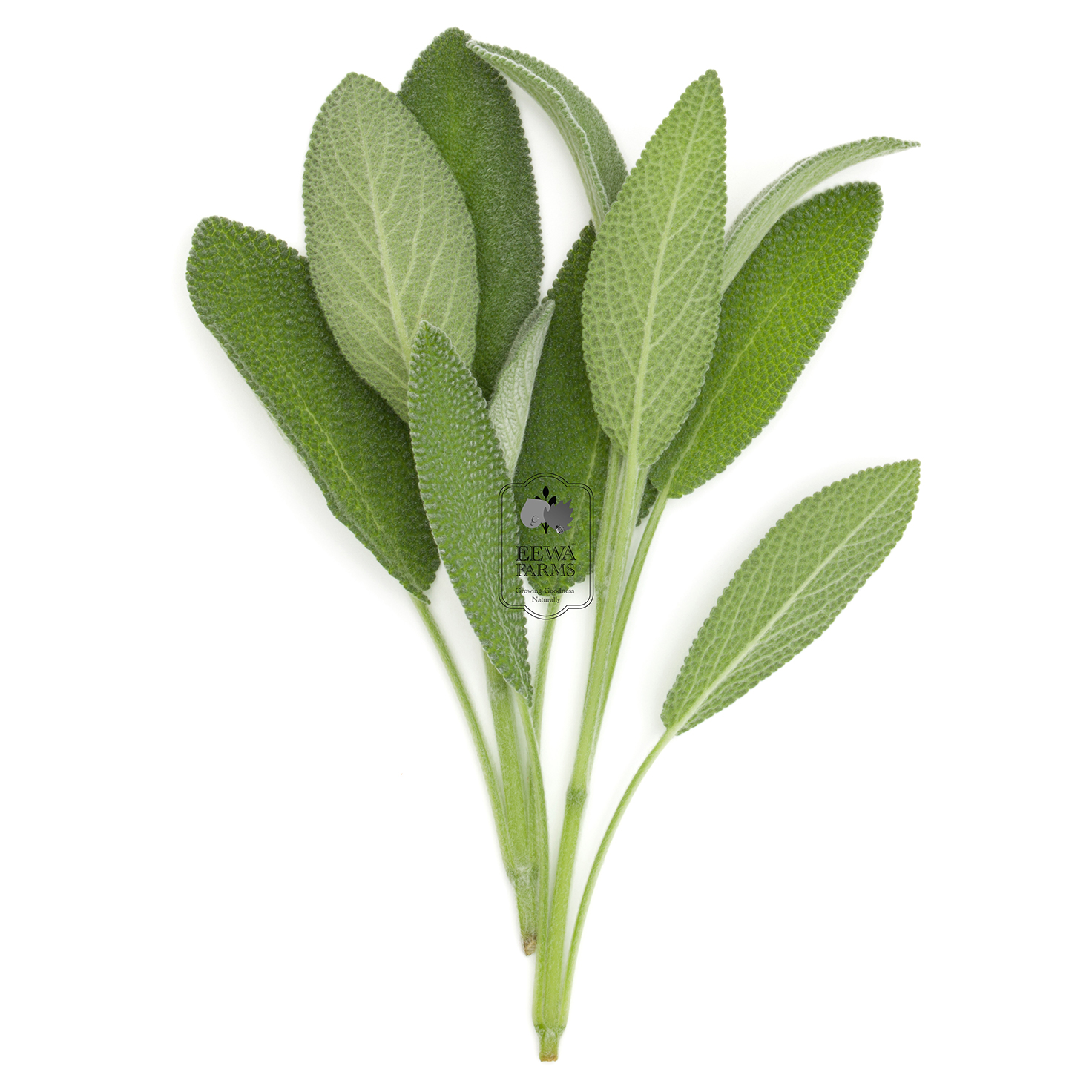Sage (Hydroponically Grown)
SKU:
31256
₹49.00 Original price was: ₹49.00.₹40.00Current price is: ₹40.00.
- Choose a purchase plan:
Out of stock
Sage, an aromatic herb with velvety leaves, is prized for its distinct flavor and medicinal properties. Rich in vitamins K and A, sage offers antioxidants and anti-inflammatory compounds, supporting cognitive function, digestion, and immune health. Its natural oils also boast antibacterial and antifungal properties, promoting oral health and fighting infections.
Sage is a versatile herb used in various culinary creations. Whether incorporated into stuffing for poultry, infused into sauces for pasta dishes, or sprinkled over roasted vegetables, its earthy and slightly peppery flavor enhances savory recipes. Sage can also be brewed into teas or used in herbal remedies for respiratory ailments. Sage butter dressing is an absolute joy to have with fresh salads.
Eewa Farms’ Sage stands out for its exceptional quality and freshness. Cultivated sustainably without harmful pesticides or chemicals, ourherbs like sage retains its natural aroma and potent flavor.
| Nutrient | Amount per 100 gm |
| Calories | 19 kcal |
| Carbohydrates | 3.14 gm |
| Protein | 2.6 gm |
| Fat | 0.2 gm |
| Dietary Fiber | 2.1 gm |
| Vitamin C | 55 mg |
| Vitamin K | 164 µg |
| Calcium | 77 mg |
| Iron | 2.7 mg |
What conditions are best for growing hydroponic sage?
Sage thrives in a warm environment with temperatures between 65°F and 75°F (18°C to 24°C) and requires good air circulation.
Can hydroponic sage be grown from seeds?
Yes, sage can be grown from seeds in a hydroponic system, though it is often easier to start with cuttings or seedlings.
How often should I change the nutrient solution for hydroponic sage?
It’s recommended to change the nutrient solution every 1 to 2 weeks to ensure optimal nutrient levels for healthy growth.
What are the signs of overwatering in hydroponic sage?
Signs include yellowing leaves, wilting, or root rot. Ensure that the roots are not submerged in water for extended periods.
Can I grow sage hydroponically in a small space?
Yes, hydroponic systems can be designed for small spaces, making it easy to grow sage indoors or on a balcony.
Does hydroponic sage require special nutrients?
Sage benefits from a balanced nutrient solution that includes nitrogen, phosphorus, potassium, and trace minerals.
What are some creative uses for hydroponic sage?
Besides cooking, hydroponic sage can be used in homemade cosmetics, potpourri, or infused oils for added flavor and fragrance.
How do I encourage bushier growth in hydroponic sage?
Pinching back the tips of the stems encourages lateral growth, resulting in a bushier plant with more leaves.
Is it necessary to prune hydroponic sage?
Regular pruning helps to maintain shape, encourages new growth, and can improve air circulation within the plant.
What are the ideal humidity levels for growing hydroponic sage?
Sage prefers moderate humidity levels, ideally between 40% and 60%, to prevent mold and promote healthy growth.
You Might Also Like to Try
Related products
-
Sale!
 var wcj_evt = new Event('wcj_add_to_cart_quantity');wcj_evt.prodID=988005;wcj_evt.quantity=1;window.dispatchEvent(wcj_evt);
var wcj_evt = new Event('wcj_add_to_cart_quantity');wcj_evt.prodID=988005;wcj_evt.quantity=1;window.dispatchEvent(wcj_evt);Herb Mix (Hydroponically Grown)
₹99.00Original price was: ₹99.00.₹75.00Current price is: ₹75.00. -
Sale!
 var wcj_evt = new Event('wcj_add_to_cart_quantity');wcj_evt.prodID=988350;wcj_evt.quantity=1;window.dispatchEvent(wcj_evt); This product has multiple variants. The options may be chosen on the product page
var wcj_evt = new Event('wcj_add_to_cart_quantity');wcj_evt.prodID=988350;wcj_evt.quantity=1;window.dispatchEvent(wcj_evt); This product has multiple variants. The options may be chosen on the product pageMix Lettuce (Hydroponically Grown)
₹67.00 – ₹482.00 -
Sale!
 var wcj_evt = new Event('wcj_add_to_cart_quantity');wcj_evt.prodID=988837;wcj_evt.quantity=1;window.dispatchEvent(wcj_evt); This product has multiple variants. The options may be chosen on the product page
var wcj_evt = new Event('wcj_add_to_cart_quantity');wcj_evt.prodID=988837;wcj_evt.quantity=1;window.dispatchEvent(wcj_evt); This product has multiple variants. The options may be chosen on the product pageThyme (Hydroponically Grown)
₹35.00 – ₹60.00


